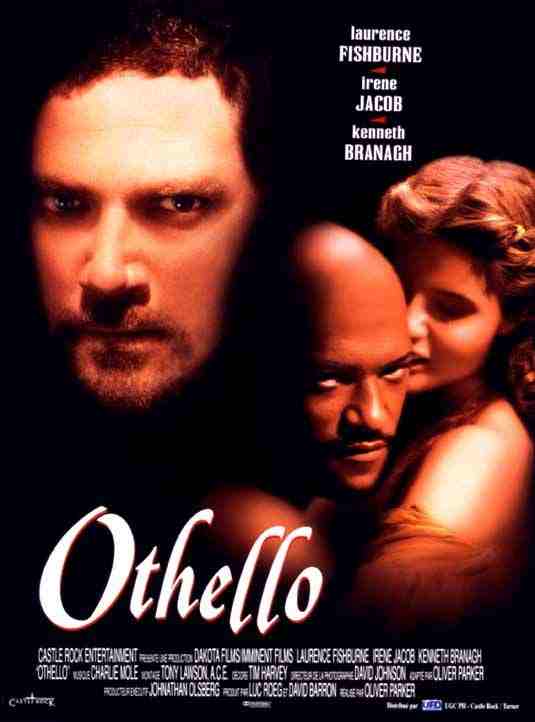

Pepys makes no mention of who took the female lead, though he does note that "a very pretty lady that sat by me, called out, to see Desdemona smothered," an anecdote which suggests that the play continued to generate passionate responses in its audiences. Othello was quickly revived and diarist Samuel Pepys, who attended one of the first performances at the Cockpit Theatre on 11 October 1660, reports seeing Nicholas Burt in the title role.
#OTHELLO PLAY PROFESSIONAL#
Instead, as the comments of one attentive audience member suggest, cross-dressed male actors were accepted as female characters even under close scrutiny, and the affective force of their performances could be formidable: "Desdemona," he reports, "murdered by her husband in our presence, although she always pled her case excellently, yet when killed moved us more, while stretched out on her bed she begged the spectators' pity with her very facial expression." Detailing the expression on the actor's face while at the same time designating him with the feminine pronouns "her" and "she," this early theater critic demonstrates that early modern audiences could simultaneously read and read through the bodies of the male actors who took female roles.ĤWhen London's theatres reopened after the war, professional female actors were finally permitted on English stages for the first time.

There is no evidence to suggest that Othello's first viewers felt disengaged from its wrenching story, however. Richard Burbage,the foremost tragedian of Shakespeare's acting company, was almost certainly the first Othello, while Desdemona would have been acted by a young male actor from the troupe, since women were banned from the public stage in England until the second half of the century.ģModern readers sometime assume that such casting decisions would have created a distracting artifice in these early productions, interfering with the play's ability to generate a powerful emotional response in its audience. In the early seventeenth century, for instance, the parts of Othello and Desdemona would have been played by white men. Acting styles, stage technologies, even expectations about audience behavior have undergone enormous changes over the last four hundred years, and some shifts in theatrical convention-particularly those involving casting practices-have had significant impact on the play. Records show that the play was performed by the King's Men in celebration of the 1612 wedding of Princess Elizabeth to Frederick V, Elector Palatine, and that Othello continued in the repertory until the early days of the English Civil War when, in 1642, Parliament banned the staging of plays in London theaters.ĢWe know little about these first productions, though we can assert with some certainty that they would have looked and sounded quite different from most modern performances of Othello. According to the title page of the first quarto edition of the play, Othello was performed "diverse times" at both the open-air Globe playhouse and the indoor Blackfriars. a play in the Banqueting House at Whitehall called The Moor of Venice Shaxberd." This performance at the London palace of James I was just one of many productions of what would become one of Shakespeare's most popular plays.


1 The first record of a performance of Othello is an entry in the Accounts Book of Master of the Revels Edmund Tilney noting that on 1 November 1604 "the King's Majesty's players.


 0 kommentar(er)
0 kommentar(er)
